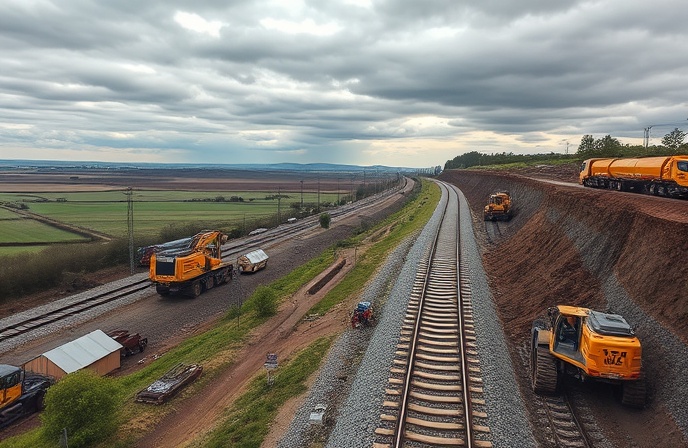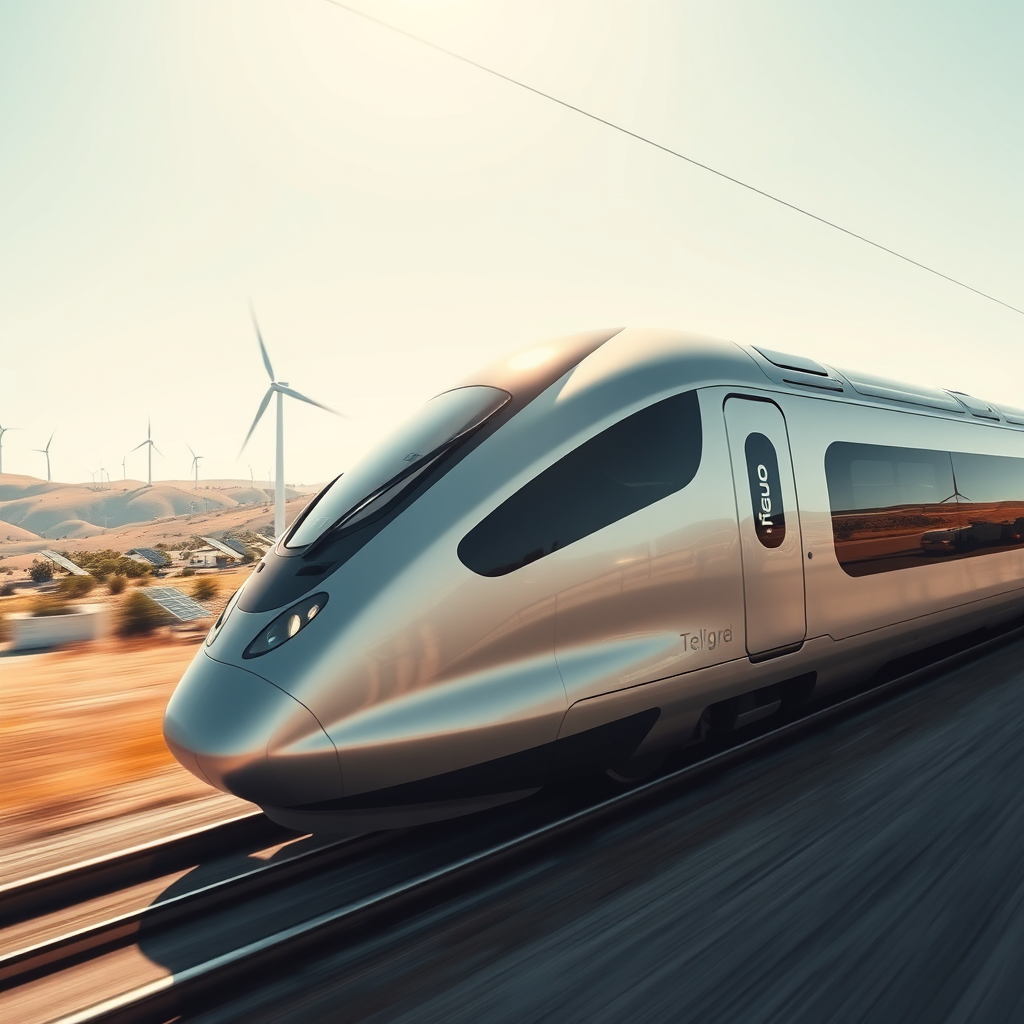CRCC to Offer to Rebuild Ancient Silk Road in Turkey
Once on the ancient silk road from China to Turkey, camels and horses were the only solutions to exchanges of goods and books.

Now, railways with stronger abilities, especially high speed trains, have been boosting the connection of the East and the West.
[ad id=”126376″]
From the Ankara-Istanbul high speed line to the East-West high speed line, Chinese workers are making efforts to connect silk road with railways in Turkey.
Ankara, a central Anatolia city surrounded by mountains and hills, has become the home of Zhang Ying, the project interpreter of the Turkish branch of China Railway Construction Corporation Limited (CRCC).
The local CRCC worked over day and night for the construction of Ankara-Istanbul high speed line in Turkey, which connects Ankara, the city of Eskisehir and the metropolis of Istanbul, providing a fast and convenient way for passengers and helping boost the economy of the connected cities.
[quote font_size=”16″ arrow=”yes”]”Building railways in a foreign country is not easy at all. As a interpreter, my job is to help the negotiation between Chinese staffs and Turkish cooperative partners during the Ankara- Istanbul project.”[/quote]
The tough work condition and long time abroad left nearly no chance for the 32-year-old lady to find a boyfriend, not to mention a marriage.
For most of the five years in Turkey, she stays at the sites where steels are laying on the subgrade and winds always swirl up dirt and sands.
[quote font_size=”16″ arrow=”yes”]”We have to take care of both Chinese and Turkish workers, and meet their basic needs and medical services. We care more about the healthy of workers rather than the speed of the project,” [/quote]Zhang stressed.
The Ankara-Istanbul High speed trains are now operating at a speed of 250 km per hour, but “its potential is more than that,” said Xu Tiesheng, the project manager of Ankara-Istanbul railway project, a 33-year-old man always sorry for seldomly hugging his four-and-a-half years old son in China.
“Our designed speed is 250 km per hour, but the trains can run faster than this because we pay more attention to the safety,” he explained, saying the train could run at 280 km per hour during the test time.
Turkish citizens and foreign visitors now can enjoy a more comfortable and efficient railway trip from central Anatolia to the Marmara Seaside. However the Chinese railway workers want to achieve more.
[quote font_size=”16″ arrow=”yes”]”We hope to win over the project of East-West Turkey high speed line, which connects Kars province in far northeastern Anatolia boarding Armenia, with Edirne province in northwestern part of Turkey boarding Bulgaria,”[/quote] said Liu lin, the deputy general manager of CRCC Turkish branch.
The bilateral framework agreement on the construction of East-West Turkey high speed line was signed by the Turkish and Chinese leaders in 2010.
“Chinese Vice Premier Wang Yang and Foreign Minister Wang Yi both mentioned the speed line during their visits to Turkey this year, which gave us more confidence on this project and help build a railway silk road under the Belt and Road Initiative,” Liu said.
He also said that CRCC fully knows Turkey, which has a huge plan about road constructions including a 10,000-km railway project, has great potential in railways, but CRCC also needs to figure out the challenges and risks in the cooperation.
[quote font_size=”16″ arrow=”yes”]”In Turkey, we are facing some turbulence in some eastern parts of Anatolia and the Turkish lira is quite weak because of the political and economical risks in this country,” [/quote]he said.
Some powerful competitors also pose challenges, which push CRCC’s legal and labor parts to be improved, Liu added, highlighting [quote font_size=”16″ arrow=”yes”]”however, we will still do our best to connect the silk road with iron and steel.”[/quote]




